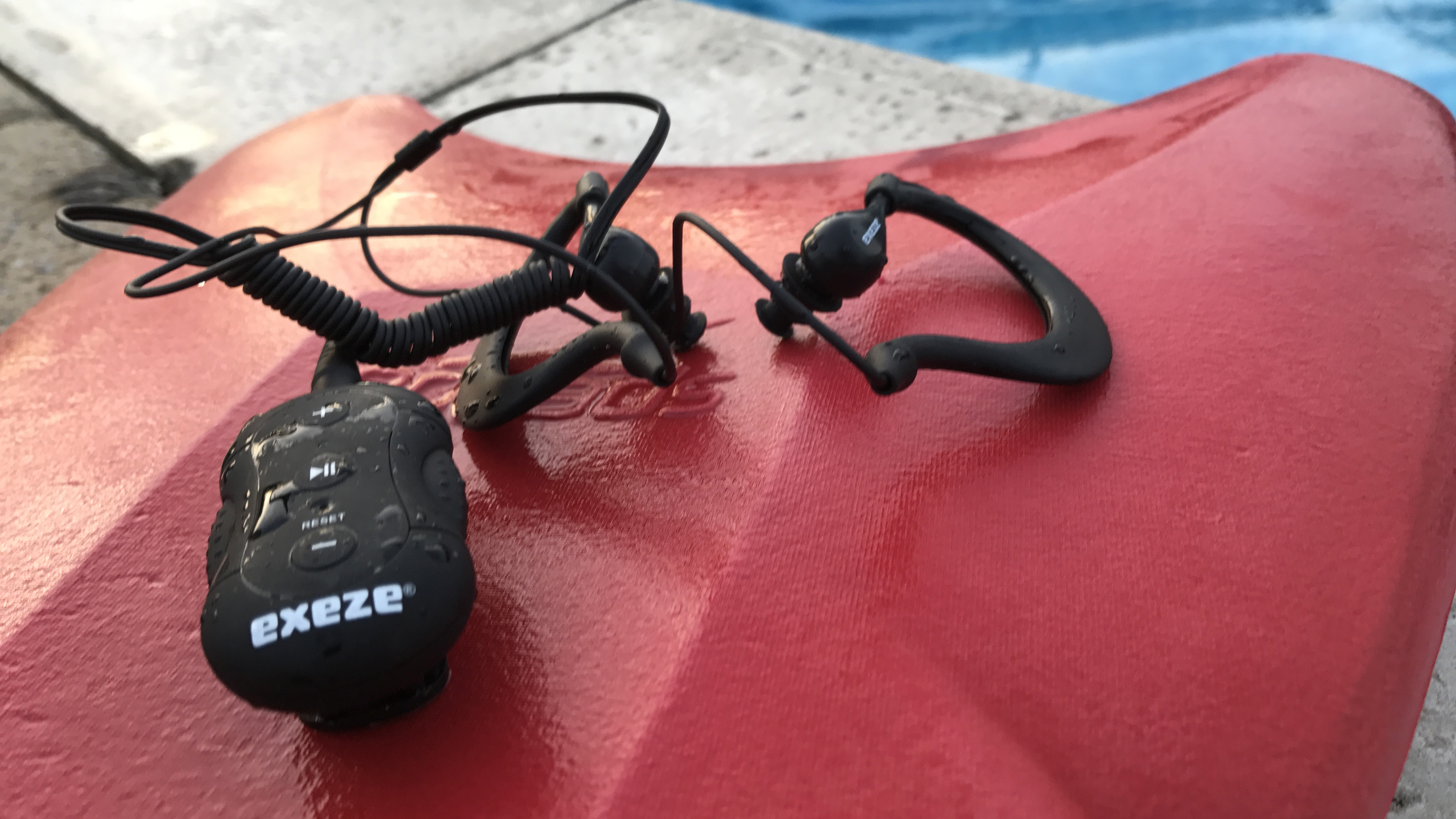How I used waterproof headphones to power through my swims during triathlon training
Is there a better way to break through training barriers than blasting your favourite tunes?

Triathlon training can be tedious sometimes. Sure, it’s exciting to sign up for a new race and start planning; but after the first couple of weeks, when you start building endurance and spend hours a day swimming/running/cycling, it’s nice to have some sort of entertainment to keep you going. My secret to powering through any and all triathlon workouts is to assemble custom playlists that match the pace of my training.
It makes sense (at least to me): you can assemble playlists the same way you plan workouts. I’m in the ‘build’ phase, I’ll be listening to something more steady, while in ‘peak’ mode, when I have to muster all my energy to keep pushing through my limits, I’ll choose a more uptempo playlist. When I want to make sure the workout goes as well as possible, I go as far as curating a playlist to match the cadence of my workout; it’s all for the greater good!
The best bit is that I don’t have to leave my music behind, even when I’m in the water, as some of the best waterproof headphones can literally be used for pool swimming! Even when I’m in the final phases of training and practising transitions, I can just keep the headphones on as they work equally as good for running – the joys of living in the age of technology!

To clarify, when I say waterproof headphones, I generally mean bone-conduction headphones, not sweatproof running headphones. Although some running headphones are pretty watertight and can, in theory, be submerged in water – such as the excellent Jaybird Vista 2 – the way they produce music is different from bone-conduction headsets, making them less than ideal to use in water.
On the other hand, bone-conduction headphones create sound by resonating your cheekbones, which might feel weird at first, but they produce a sound that closely resembles actual headphones. Better still, they leave the ears open, so when running, you can still hear everything around you (this is called ‘spatial awareness’), making them a safer option to enjoy music when you’re out and about than noise-cancelling headphones.
For the same reason, waterproof headphones (again, the bone-conduction variety) aren’t best suited for cycling as there is too much wind noise around the ears. You can use earplugs with these headphones, but that kills the purpose of spatial awareness; if you need to be isolated, you’re better off using headphones that sit in your ears. Earplugs are a good option for swimming, though, as you’ll still hear the music through the bone-conduction headphones, but they will keep the water out of your ear canals.

Waterproof headphones have only one drawback: they are often MP3-only, so you’ll need to have all your favourite songs downloaded and made available offline. Admittedly, most of us use Spotify/Apple Music/Youtube Music nowadays, so it might be a bit of a stretch to ask people also to buy their music as MP3s. But you don’t need all your songs as MP3s; it’s enough if you have a good selection of them so you can mix and match when necessary.
Sign up for breaking news, reviews, opinion, top tech deals, and more.
Should you get waterproof headphones for triathlon training? I’d say the answer is a resounding yes. They are versatile (can be used for swimming and running), durable (more sturdy than standard headphones), and have excellent sound quality (you’d be surprised). No wonder they are so popular – you’ll see many triathletes using them for training. I found them immensely useful for triathlon training as they helped me overcome the tedium and some of the most challenging workouts during my training.
Matt is a prolific fitness writer who covers everything from running shoes and watches to home weights and multi-gyms, You can often find him eating some sort of rice dish straight out of a plastic container, staring at an empty word document. When he isn’t writing fitness news, reviews and features for T3, TechRadar or Fit&Well, he’s probably out testing running shoes (wearing four fitness trackers simultaneously) or doing home workouts in his tiny flat.
